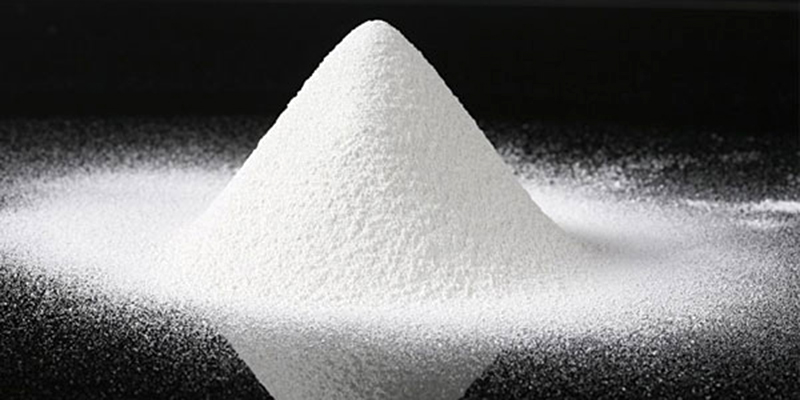In order to improve the sanding performance of the sanding belt, it is possible to coat the sanding belt with stearate as the third layer. The stearate layer reduces friction and lowers the sanding temperature. In other words, stearate functions as an additional cooling. Typically, stearate is based on zinc or calcium and is in the form of small flakes on the sanding grain. The advantages of using stearated sanding belts are:
- reduction in clogging, which increases the overall life of the sanding belt
- reduces the original cut, resulting in a smoother surface finish
Stearated sanding belts give better results when sanding painted and varnished surfaces. Upon coarse sanding with high sanding pressure, stearate is not an advantage as stearate melts at high temperature.
Here’s one example of the materials from Nastroflex the additional feature of which is stearate layer:
| Product name | material 431RS |
| Backing material | E paper |
| Bonding | resin/glue |
| Grain/abrasive | aluminum oxide |
| Coating | close |
| Additional features | stearated |
| Colour | beige |
| Grit range | P180 –P1000 |
| Application | polyester or acrylic coated surfaces |
| Products | narrow and wide sanding belts made according to the customer’s order. Sanding belts are with the R1-joint, which means a standard overlapped joint with no sanding grain removed. |
Stearated sanding material is a little bit more expensive than ordinary sanding material. This month’s product discount is 10% for all ordered sanding belts from stearated materials.


